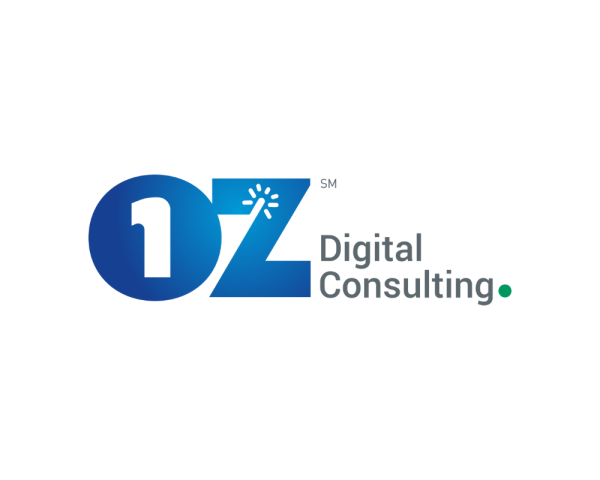One year ago, ChatGPT was officially introduced and sent the business world, pundits and laypersons alike into a frenzy.
So many aspects of work, life and business are projected to be at risk or, at a minimum, redefined. Conversations are nonstop about the incredible potential vs. man’s possible existential demise, as AI is now considered much closer to parity with human thinking than previously thought possible. What happens once AI catches up to and then surpasses human thinking is hard to fully imagine.
At a high level, AI encompasses; machine learning (ML), deep learning, generative AI, large language models (LLM) and the current favorite: generative pre-trained transformer (GPT). For purposes of this article, we will not attempt to explain these further.
AI in Insurance
Insurance is no exception, as technology providers are sprouting up, or, rather more commonly, solution providers are highlighting their existing AI capabilities. The AI vendor community to the P&C industry is rapidly expanding and may generally be grouped by use case; hyper-automation, insights, image and language.
Some have been at the AI game for longer and may even fortuitously have “AI” in their brand identity. Others have been quick to point out that their work has been surrounded by AI for years, touting both expertise and subject knowledge. Even insurers themselves are experimenting, setting up AI safe zones, establishing so-called red and blue ocean strategies or simply creating AI best practices as a foundational starting point. It is doubtful that any insurance carrier boards of directors or C-suites have not set some AI work in motion. Insurance regulators are attempting to get ahead of things with proposed AI ethical standards but in reality, are in catch-up mode.
Famously, “technology in search of a problem” rarely is a successful approach, and, so far, generative AI for insurance feels more like a technology seeking problems to solve.
There are few AI experts with extensive knowledge and lots of business people with just basic AI knowledge, so components like machine learning, computer vision, large language models, and generative AI can easily get mashed up together. Fortunately, the experts are openly explaining the differences and providing the details on how this all works, and the webinars and conference events are helping the cause. In the meantime, such AI expertise shortages only complicate insurers’ vision for clear use cases, business purposes and ultimately ROI.
While insurance automation is not new, the prospects of applying AI to partially or completely replace humans quickly gained attention. More recently, these views have been tempered with the idea that AI will be better applied as a “co-pilot” for most insurance functions within underwriting, pricing, claims, sales and possibly others. The industry is in the crawl stage of crawl, walk run.
See also: 5 Ways Generative AI Will Transform Claims
AI for Claims
Conventional wisdom is that AI lacks human emotion and empathy. Claims might demand the most human emotion in insurance, so the AI use-cases talked about today tend to call for AI tools aiding claim adjusters rather than doing the whole job. However, all the discussion is still early and focused on the short term. ROI still dominates decision making and, given the highly competitive P&C insurance market, fraught with financial pressures, the balance between deployment of tools and automation of jobs will be put to new and more rigorous tests.
Underwriting and claims emerge as the top use areas, which makes sense. Large amounts of data are used to assess and price risk, and, similarly, claims is all about gathering information and making decisions. Both functions are people-based and are already pursuing automation agendas like low-touch and straight-through-processing.
Within the claim space, much of the generative AI talk is heavily weighted to reviewing and summarizing records, such as medical billing or a demand package. The overarching wisdom is that claim handling is record- and paper-intensive. A common misperception is that all claims are alike. Claims insiders say, "A claim is a claim,” but that is misleading when applied broadly. High-frequency/low-severity claims differ greatly from the most complex claims that happen infrequently. Some 70% of auto claims, for example, have minor to modest damage and no or only minor injuries, with few documents to summarize.
Where Can/Should AI Be Applied Today?
The good news is that AI in claims is already successfully being embraced. Computer vision for total loss prediction and photo estimating is far-reaching. AI fraud models are helping carriers scan for anomalies for investigation. However, even within the best AI claims examples, there is a long way to go to reaching meaningful ROI. Trepidation around fairness, legal and regulatory pressures and data security when training models are valid concerns. Even so, there is room for more creative use-case thinking, and the following is a small sample of possibilities.
This is a sort of AI use-case wish list, free from prioritization and not exhaustive but widely appealing because these are among the most repetitive and demanding claim functions:
- Claim intake for assignment accuracy, reducing or eliminating reassignments
- Claim triage
- Fraud detection, especially organized fraud
- Categorization and severity
- Coverage guidance
- Comparative negligence determination - which party(s) are at fault and to what degree?
- Correspondence generation
- Injury and damage evaluation
- Settlement recommendations
- Notes analysis and summarization
- Case reserve and formula reserve setting or reserve portfolio management
- Regulatory compliance in real time
- Regulatory reporting: Summarize, validate, review and report
- Pending claim management, prediction and prioritization
- Business interruption claim analysis
- Quality assurance review/auditing
- File summarization for management review, file and settlement authority
- Productivity management measurement
See also: Insurers Boosting Their Use of AI
There certainly are risks to balance when it comes to the degree of co-piloting or replacing people. While there is excitement for automated and AI powered claim customer services, there is a natural dependence on chatbot acceptance to overcome, not to mention room for the connected claim ecosystem to become truly connected and coordinated to realize gains.
Moving ahead, carriers will need to apply additional filters when advancing use cases. Generally speaking, insurtech, including AI, falls into efficiency gain/expense reduction emphasis by automating process and reducing full-time employees (FTE). The elephant in the room today is insurer profitability from soaring indemnity costs in which there can be far greater influence from loss ratio improvement compared with loss adjustment expenses (LAE). Yet the P&C industry has overemphasized LAE reduction because of the simplicity in measuring operating costs.
Insurers will continue to buy vs. build AI through integration partners as a way forward. Solution providers will need to move closer to unravel high-value use cases. The open challenge to insurers and AI solution providers is coming together to develop meaningful business cases, including loss avoidance, mitigation and payout accuracy beyond efficiency gain.










 At OZ, Murray plays a pivotal role in understanding our clients’ businesses and then determining the best strategies and customer experiences to drive their business forward using real-world digital, marketing, and technology tools. Prior to OZ, Murray held senior positions at some of the world’s largest digital agencies, including Razorfish and Sapient, and co-founded and ran a successful digital engagement and technology agency for 7 years.
At OZ, Murray plays a pivotal role in understanding our clients’ businesses and then determining the best strategies and customer experiences to drive their business forward using real-world digital, marketing, and technology tools. Prior to OZ, Murray held senior positions at some of the world’s largest digital agencies, including Razorfish and Sapient, and co-founded and ran a successful digital engagement and technology agency for 7 years. 























